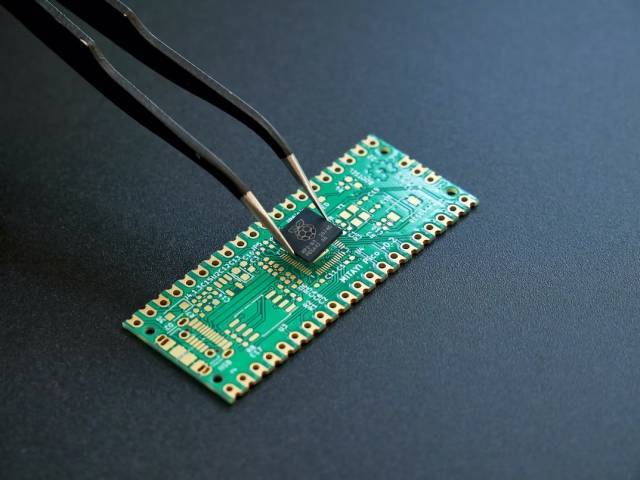As we tentatively emerge from the biggest public health crisis we will hopefully ever experience, it’s time to look to the future to see what engineering will look like after Covid.
Whatever happens, we can expect big changes. Before Covid, just 13% of engineering teams were fully remote, with that number rising to 74% during the pandemic. With 66% of engineering teams saying they will continue to allow remote work after the threat of Covid has subsided, there are sure to be profound implications for the way engineers live and work.
Engineering after Covid - What can we expect?
1. Unprecedented speed
At the height of the Covid pandemic, engineers demonstrated what they can achieve when restrictions and barriers are lifted. They created prototypes for devices such as ventilators in days and complete devices within weeks. Sam Turner, chief technology officer for a leading member of the Ventilator Challenge UK, said that through quick decision-making, engineering requalification of components and supply-chain sourcing, his organisation was able to achieve in four or five weeks what would normally take two-and-a-half years.
Engineers have shown how quickly they can respond when some of the barriers are removed. Now it’s down to governments and regulators to let them work at this new pace to tackle the existential threat of climate change.
2. A collaborative spirit
Whether it was building ventilators, producing personal protective equipment or creating emergency hospital capacity, the engineering response to the pandemic was inspiring. Businesses, organisations and institutions from across the spectrum worked together in a spirit of collaboration and demonstrated what can be done when the focus is shifted away from profits.
This collaborative spirit led to new connections that will continue into the post-pandemic world. Everyone involved will carry with them the experience of how the engineering sector responded. That will change the way networks are put together in the future and the willingness of all sorts of organizations to work together.
3. An acceptance of remote engineering
Before the pandemic, the idea of remote working in the engineering industry was not always viewed positively. Previously, there has been a pervading view, not just in engineering, that remote workers are not as productive or collaborative as their in-office counterparts. However, the pandemic gave company leaders no choice but to allow remote working and many have been surprised by the efficiencies it has brought.
With two-thirds of engineering leaders saying that they plan to continue to allow remote work after the pandemic subsides, it’s clear that remote work in the industry is here to stay. That will allow engineering firms to rethink their staffing strategies and recruit staff globally, helping to increase productivity and cultural diversity.
4. A new focus
Given the pain and suffering that has been felt by so many people and the economic impact that the pandemic has had, governments around the world will do everything they can to prevent similar outbreaks in the future. That will increase the demand for a certain type of engineering.
Products that help to prevent and treat diseases such as temperature monitoring devices, antibacterial surfaces and ventilators will now be in high demand. That will create jobs in those sectors and potentially lead to a permanent shift towards the production of technology that can help to save lives.
Are you ready to adapt to life after Covid?
At PER International, we can help you hire the power electronics, SMPS, UPS and semiconductor engineers that you need to adapt to life after Covid. Whether you’re shifting focus or want to hire remote electrical engineers globally, we’re perfectly placed to help.
Find out more about our recruitment process, read about the companies we’ve helped and get in touch with our specialist team of electronics recruiters today.








